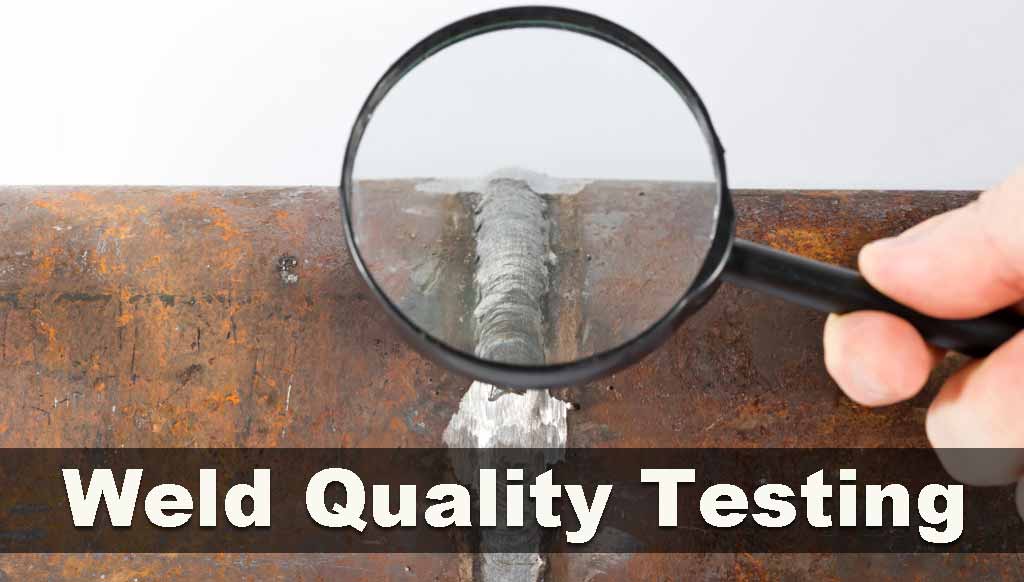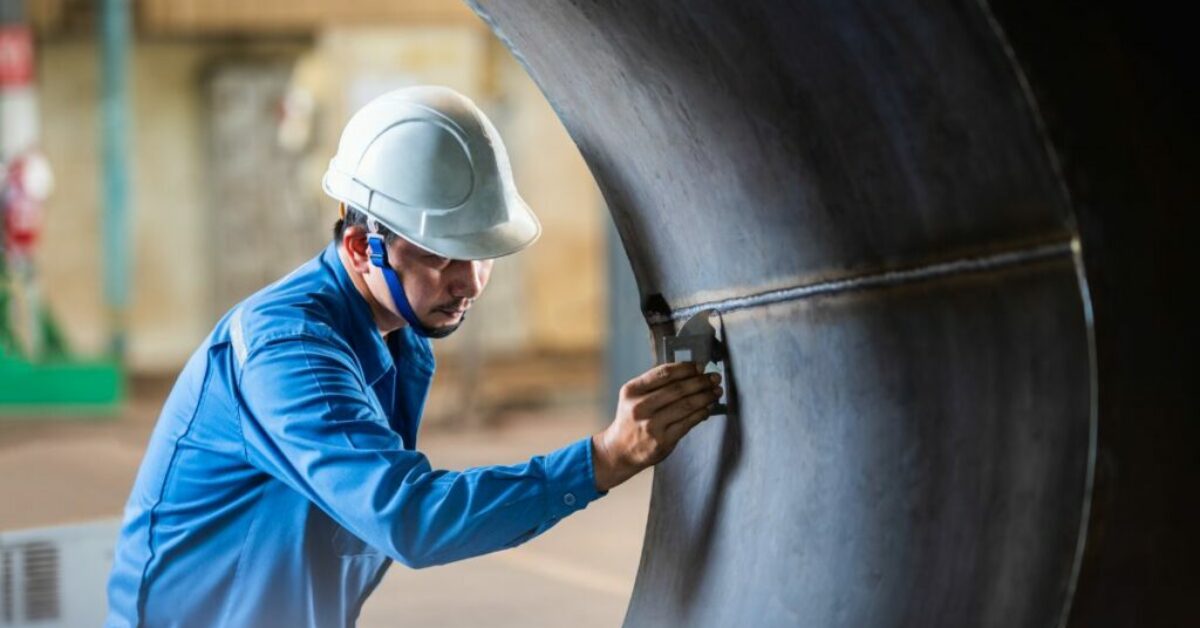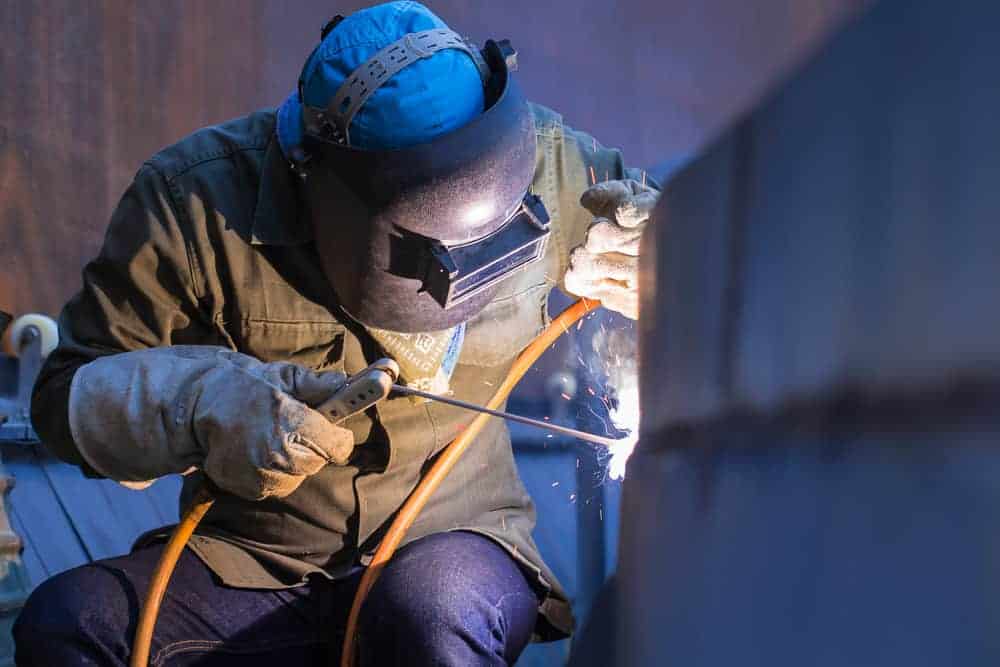Making Sure Security with Relied On Welding Inspection Milwaukee Techniques
Making Sure Security with Relied On Welding Inspection Milwaukee Techniques
Blog Article
A Comprehensive Checklist for Effective Welding Inspection Practices
In the realm of welding, the integrity of structures is paramount, necessitating a rigorous approach to inspection practices. A comprehensive list functions as an essential device in making certain adherence to market requirements, including vital pre-welding, in-process, and post-welding assessments. By systematically addressing product confirmation, weld high quality, and extensive documentation, companies can dramatically improve security and performance. What particular elements should be focused on in each phase to attain ideal results? Discovering these important elements can generate insights that profoundly effect welding operations.
Recognizing Welding Standards
Welding criteria play an important duty in guaranteeing the top quality and security of bonded parts and structures. These criteria establish the requirements for products, procedures, testing, and examination, thus supplying a structure for consistent quality control in welding processes. Different companies, including the American Welding Society (AWS), the International Organization for Standardization (ISO), and the American Culture of Mechanical Designers (ASME), have developed detailed criteria that govern different elements of welding.
Recognizing welding standards is vital for specialists in the area, as adherence to these guidelines reduces the danger of flaws and failings in bonded joints. These standards cover particular demands for weld high quality, consisting of appropriate resistances, the sort of welding techniques to be utilized, and the certifications required for assessors and welders.

Pre-Welding Inspection Actions
Prior to any type of welding procedure commences, a detailed pre-welding assessment is vital to determine potential problems that might compromise the high quality of the weld. This first step acts as a critical foundation for making certain compliance with suitable welding codes and criteria.
The very first step in the pre-welding examination is to verify the materials being utilized. This includes checking for the appropriate kind and quality of metals as specified in the job documents. Next off, it is essential to check the fit-up of the parts to ensure proper alignment and joint setup. Imbalance can bring about inadequate penetration and structural weaknesses.
In addition, assessing the tidiness of the surface areas is crucial; impurities such as oil, corrosion, or paint can adversely affect the quality of the weld. Following this, a comprehensive evaluation of the welding equipment ought to be conducted, ensuring that it is adjusted and in excellent functioning problem.
Finally, evaluating the qualifications of the welding personnel is essential. Welders must have the essential qualifications and experience to do the particular welds required for the task. By sticking to these pre-welding assessment steps, the likelihood of issues and failings in the final weld can be significantly lowered.

In-Process Inspection Methods
In-process inspection methods play an essential role in making sure the honesty and quality of welds as they are being carried out. These strategies allow inspectors to determine issues or deviations from specs in genuine time, therefore making sure and protecting against costly repairs adherence to style demands.
One secret strategy entails aesthetic inspection, where inspectors evaluate the weld bead for uniformity, penetration, and appropriate profile. This can be matched by the use assesses to gauge weld measurements, making certain conformity with fixed resistances. In addition, the execution of non-destructive screening (NDT) approaches, such as ultrasonic screening or magnetic bit screening, during the welding process can reveal subsurface problems that might not be noticeable on the surface.
An additional vital facet is keeping an eye on welding specifications, including voltage, amperage, and travel speed. Uniformity in these criteria is essential for attaining ideal weld high quality. Documenting these parameters throughout find out this here the welding procedure offers a traceable document for future referral.
Training personnel in correct examination methods and making use of appropriate devices improves the efficiency of in-process inspections. By incorporating these practices, organizations can accomplish higher high quality welds, lower rework, and inevitably ensure the security and integrity of bonded structures.
Post-Welding Quality Checks
Adhering to the completion of welding procedures, post-welding top quality checks are essential to verify that the welds meet all defined demands and criteria. These checks are necessary for guaranteeing the honesty and toughness of the welded joints. The examination process commonly begins with an aesthetic evaluation, analyzing for surface issues such as cracks, porosity, or insufficient fusion.
Consequently, non-destructive screening (NDT) methods, such as ultrasonic screening, radiographic screening, or magnetic bit screening, might be utilized to identify internal problems that are not noticeable to the naked eye. Each technique has its one-of-a-kind advantages and is chosen based upon the weld's location, material kind, and the nature of the application.
Additionally, confirming dimensional precision is an important aspect of post-welding high quality checks. This entails measuring the weld's positioning, dimension, and account to make sure conformity with design requirements. Analyzing the mechanical properties of the weld, including tensile strength and ductility, can offer additional assurance of performance under operational problems. Generally, comprehensive post-welding assessments are crucial for preserving efficiency, adherence, and safety and security to regulatory and industry criteria.
Documentation and Coverage
How can reliable documentation more information and reporting boost the welding evaluation procedure? Accurate documents and comprehensive coverage are vital elements that make certain the stability and top quality of welding operations. Welding Inspection Milwaukee. They act as an official record of assessment findings, helping with liability and traceability in compliance with market criteria

A well-structured reporting system makes it possible for assessors to clearly communicate any type of areas, non-conformances, or discrepancies requiring enhancement. This transparency promotes an atmosphere of continual renovation, as stakeholders can conveniently analyze past efficiency and implement corrective actions.
Moreover, effective documentation includes detailed records such as welding procedure specifications (WPS), welder qualifications, and inspection lists. These components give a structure for reviewing weld top quality and adherence to developed guidelines. In the event of disputes or quality issues, thorough documentation offers as a reliable referral, minimizing uncertainty and safeguarding all parties involved.
Last but not least, keeping organized records aids in training and accrediting workers, guaranteeing that sector ideal methods are promoted. Inevitably, careful documentation and reporting not just improve the welding evaluation procedure however also add to the general safety and integrity of welded frameworks.

Conclusion
To conclude, a comprehensive checklist for efficient welding examination practices is important for making sure top quality and safety in welded structures. Adherence to established welding requirements, meticulous pre-welding evaluations, extensive in-process examinations, and thorough post-welding quality checks collectively contribute to the stability of bonded joints. In addition, attentive documents and reporting of inspection searchings for boost accountability and help with constant enhancement. Executing these practices will considerably help in compliance with industry standards and ultimately foster a culture of top quality in welding procedures.
Welding standards play a crucial duty in making sure the high quality and safety of bonded structures and components. Various companies, including the American Welding Society (AWS), the International Company for Standardization (ISO), and the American Society of Mechanical Designers (ASME), have developed detailed standards that control different facets of welding.
Complying with the completion of welding procedures, post-welding quality checks are essential to verify that the welds meet all defined standards and demands - Welding Inspection Milwaukee.In conclusion, a thorough checklist for look at more info reliable welding evaluation techniques is important for making certain quality and safety and security in welded frameworks. Adherence to established welding requirements, meticulous pre-welding assessments, strenuous in-process assessments, and detailed post-welding high quality checks jointly add to the integrity of bonded joints
Report this page